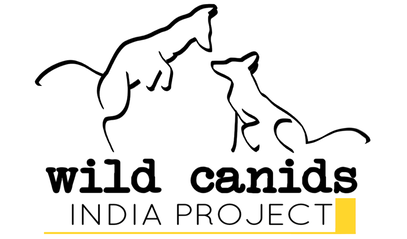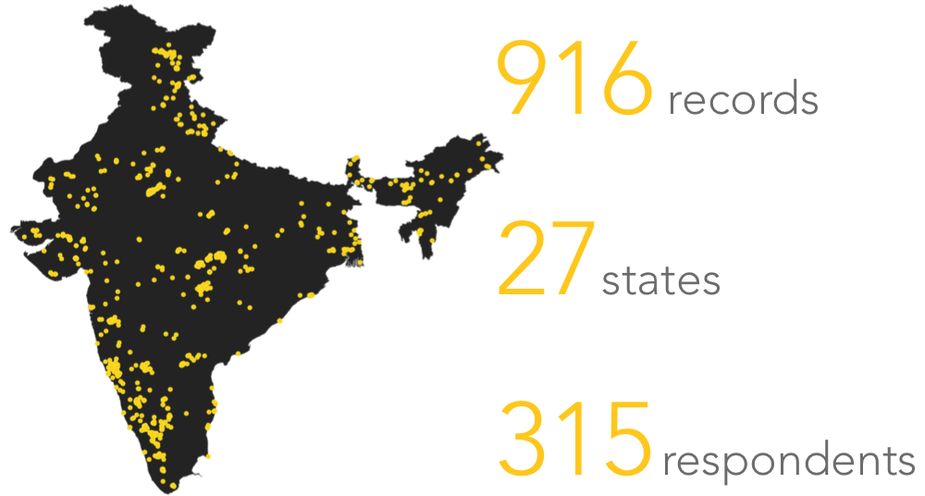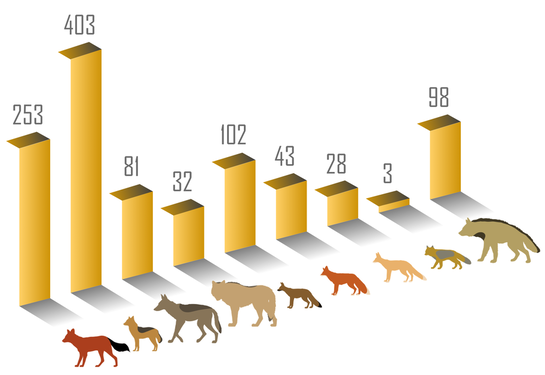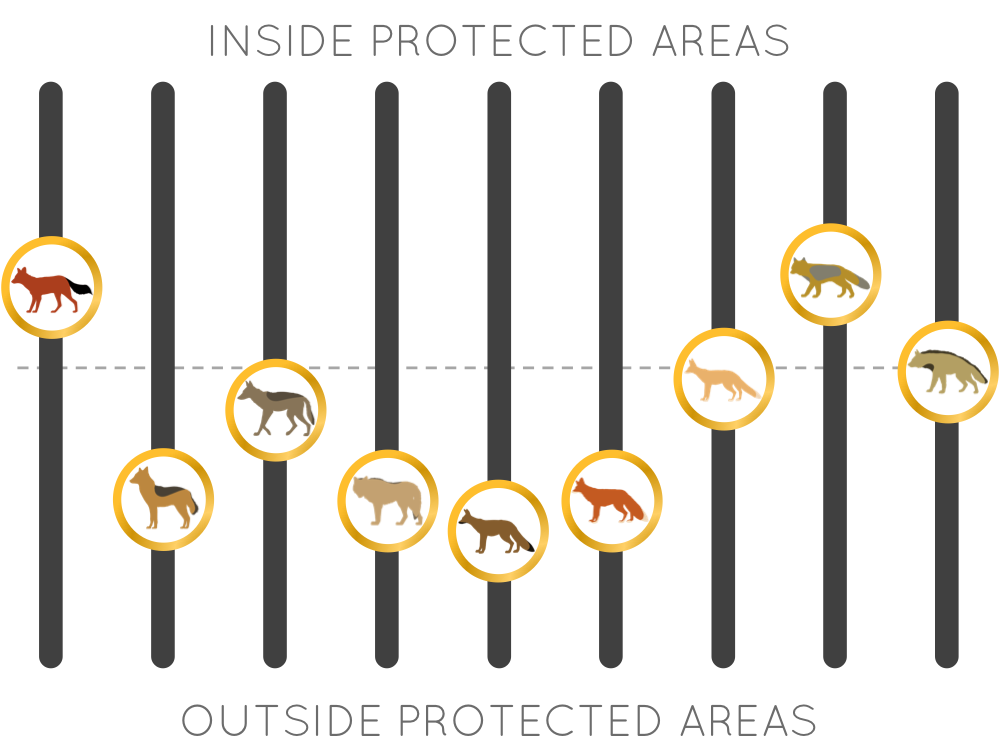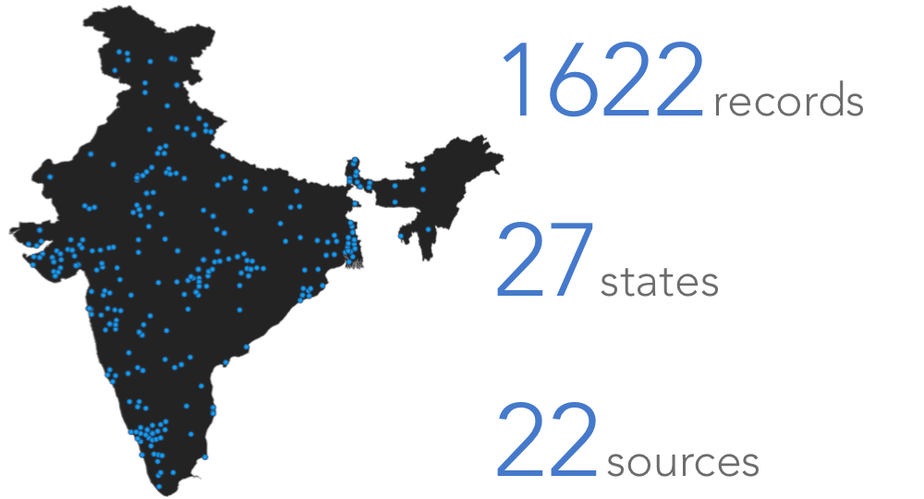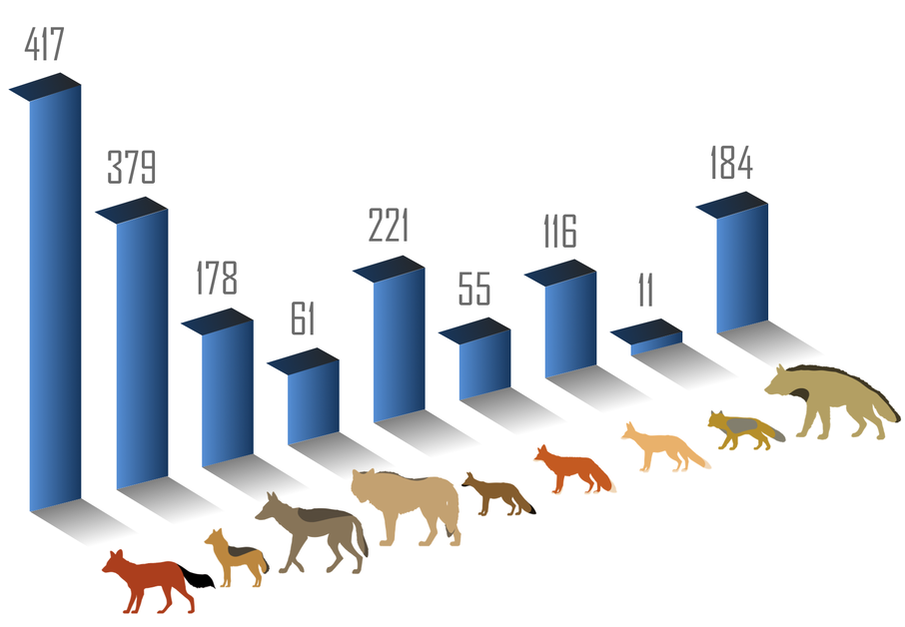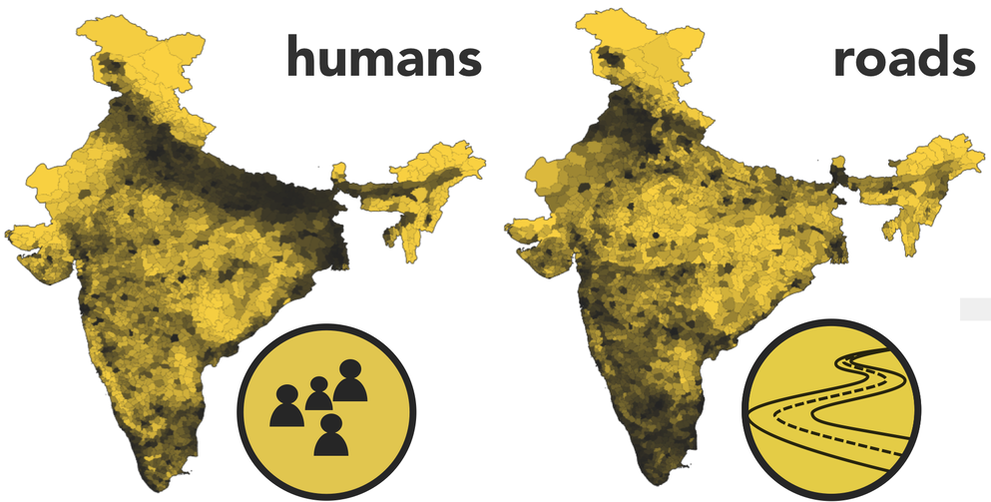• Project Insights •
|
|
Phase 1
|
|
We ran Phase 1 of the project for 3 months: 1 October to 31 December 2018. We received a total of 916 records, of which 882 records were considered after verification/validation. We also compiled information from other citizen-science platforms resulting in a total of 1025 records.
Most records (776) were from direct sightings, followed by camera trap records (140). We obtained 143 records from other citizen-science portals. With the exception of dhole and Tibetan fox, most records for the other species/sub-species were from outside protected areas.
Click the button below to read and download the full report for Phase 1 of the project.
|
|
Phase 2
|
|
In Phase 2 of the project, we carried out web-based searches for the target species. We relied on social media outlets and nature/wildlife photo repositories, along with other reliable blogs or photo-blogs. From 18 November 2018 to 8 January 2019, we collated 1622 records of the target species.
Most records were sourced from facebook, followed by india nature watch and instagram. The ‘others’ category includes reliable web portals and newspaper media reports.
Click the button below to read and download the full report for Phase 2 of the project.
|
|
Phase 3
|
|
In Phase 3, we mined through all published literature (journal articles, project reports, ms and phd theses) pertaining to the target species. From 1 January to 28 February 2019, we collated 329 records of the target species from published literature.
|
|
Phase 4
|
|
In Phase 4 of the project, we compiled and processed ecological, social and anthropogenic information related to the focal species. From November 2018 to March 2019 we generated a total of 38 variables from various sources. Following are representative maps (darker colors represent higher values).
Acknowledgements: iNaturalist (www.inaturalist.org) | India Biodiversity Portal (www.indiabiodiversity.org) | Biodiversity Atlas-India (Ramachandran V, Chakravarty R, Roy P and Kunte K (2019). Mammals of India, v. 1.13. eds. ; www.mammalsofindia.org) | IUCN Hyaena Specialist Group
